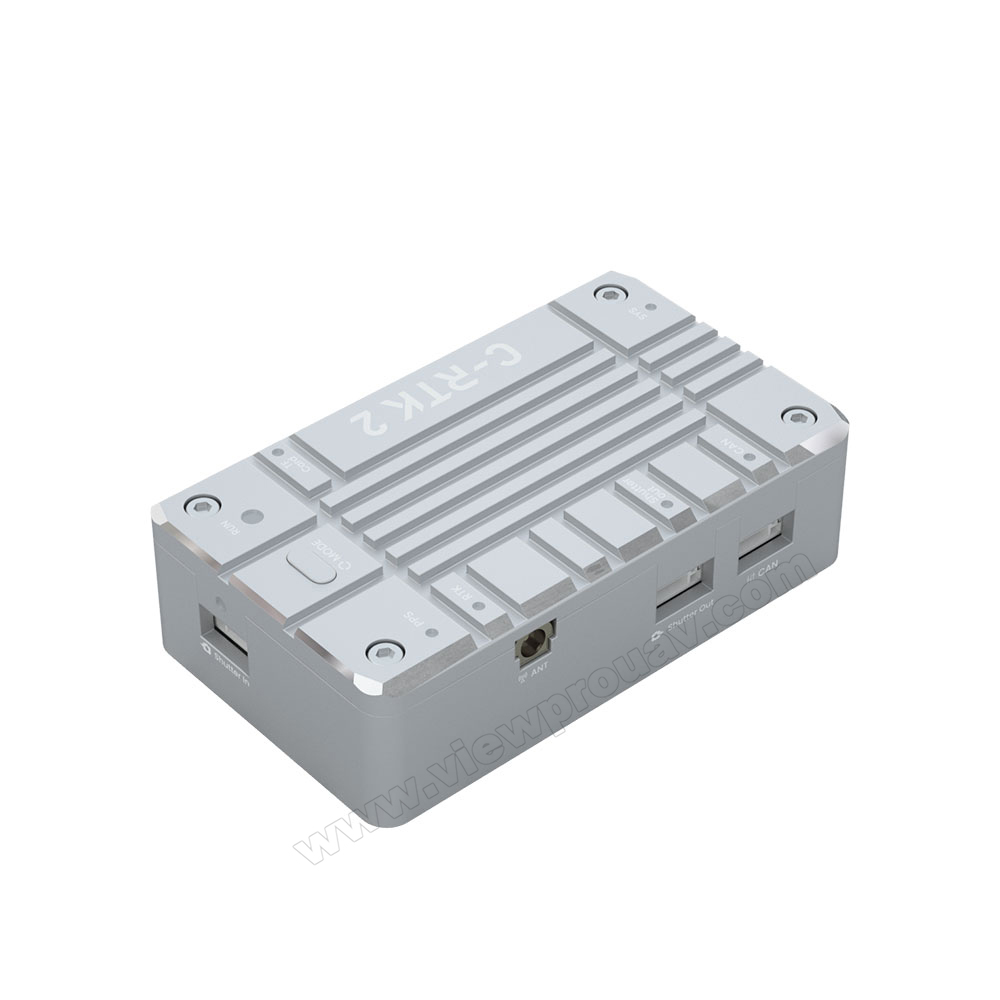Understanding the Crucial Features and Functions of a Drone Flight Controller for Optimal Aerial Performance
The trip controller offers as the critical component in a drone's style, managing its movements and ensuring security with an advanced interplay of information and sensing units handling. With advancements in modern technology, the landscape of trip controllers is rapidly progressing, motivating a closer evaluation of what genuinely defines optimal performance in this vital system.
Overview of Trip Controllers
When exploring the globe of drone modern technology, comprehending flight controllers is essential for both enthusiasts and professionals alike. Flight controllers act as the brain of the drone, coordinating its motions and guaranteeing stability throughout trip (SparkNavi drone flight controller and GNSS/INS made in taiwan). They process information from various sensors, consisting of barometers, gyroscopes, and accelerometers, to maintain balance and react to pilot inputs effectively
The design of trip controllers can vary substantially, varying from basic versions made for entry-level drones to advanced systems outfitted with innovative features for expert applications. The combination of GPS capacities enables accurate navigation and positioning, while programmable firmware permits individuals to tailor trip qualities to fit their certain demands.
Moreover, flight controllers are critical in assisting in interaction between the drone and the push-button control, making it possible for real-time adjustments and telemetry information transmission. Understanding the different kinds of flight controllers, including multi-rotor, fixed-wing, and hybrid systems, is important for choosing the proper design for a provided application. Inevitably, a thorough understanding of trip controllers not just improves the flying experience however likewise makes best use of the efficiency and safety and security of drone procedures.
Secret Functions of Flight Controllers
Flight controllers play a pivotal role in taking care of a drone's trip characteristics by performing a number of essential functions that ensure security and responsiveness. Among the main functions is the stabilization of the drone's orientation and elevation. This is accomplished with the integration of various sensing units, including barometers, gyroscopes, and accelerometers, which continually keep an eye on the drone's setting and movement.
.png)
Another crucial feature is the handling of control inputs from the pilot or independent systems. The trip controller interprets these inputs and readjusts the drone's electric motor speeds as necessary to accomplish the wanted flight path. This consists of managing yaw, pitch, and roll, which are critical for maneuverability.
Additionally, trip controllers are equipped with fail-safe devices. These functions are made to react to essential circumstances, such as reduced battery levels or loss of signal, by launching predefined actions like going back to the launch point or hovering in place.

Essential Features to Consider
Many crucial attributes ought to be thought about when selecting a drone flight controller to guarantee ideal efficiency and integrity. One essential facet is the controller's processing power, which establishes its ability to manage intricate flight formulas and real-time information processing. A greater handling capability improves responsiveness and security throughout flight.
One more vital feature is the number of sustained trip settings. A versatile flight controller must supply various modes, including acro, elevation hold, and GPS-assisted settings, dealing with various pilot skill degrees and functional circumstances. Additionally, the existence of built-in security attributes, such as fail-safes and geofencing, can significantly enhance functional protection.
Compatibility with various communication protocols is likewise crucial, as it makes sure smooth assimilation with various other tools and peripherals, such as remote controllers and telemetry systems. In addition, the controller's firmware have to be easy to use and frequently upgraded to integrate new attributes and optimizations.
Assimilation With Sensing Units and Equipments
A trip controller's performance is link heavily influenced by its capacity to incorporate with different sensors and systems. This integration is essential as it enables the trip controller to obtain real-time information needed for efficient flight management. Trick sensing units include GPS, inertial measurement devices (IMUs), measures, and magnetometers, each offering vital details pertaining to the drone's elevation, position, and alignment.

Furthermore, advanced trip controllers support assimilation with payload systems, including cams and various other sensors, allowing improved performances such as independent navigation and obstacle avoidance. This interconnectedness not only enhances the drone's operational capabilities however also increases its application prospective throughout various sectors, from airborne photography to farming monitoring. Hence, a well-integrated flight controller is essential for achieving optimal airborne performance and making certain the dependability of drone procedures.
Tips for Optimizing Performance
To maximize the efficiency of your drone, several vital strategies can be used that focus on maximizing both hardware and software program parts. Make sure that the flight controller firmware is up to day.
Correct calibration lessens drift and improves trip stability, especially throughout facility maneuvers. Top quality propellers can minimize drag and rise flight time.
Tweak your trip settings, including PID (Symmetrical, Integral, Derivative) worths, to achieve smooth and receptive handling. By applying these approaches, drone drivers can substantially improve aerial performance, leading to a more reliable and satisfying flying experience.
Final Thought
In final thought, an extensive understanding of drone flight controllers is vital for boosting aerial efficiency. By prioritizing these aspects, drivers can considerably boost the performance and dependability of their drone systems in diverse applications.
Flight controllers offer as the brain of the drone, orchestrating its activities and guaranteeing security throughout flight.Flight controllers play an essential role in managing a drone's trip characteristics by executing several key features that guarantee security and responsiveness. The flight controller translates these inputs and readjusts the drone's electric motor speeds appropriately to accomplish the wanted trip path.Various necessary attributes need to be taken into account when selecting a drone flight controller to make sure optimum efficiency and integrity. look at these guys Thus, a well-integrated flight controller is fundamental for achieving ideal aerial performance and making sure the dependability of drone procedures.